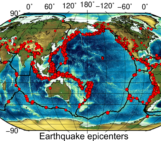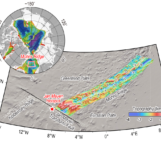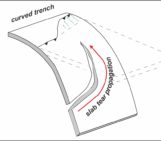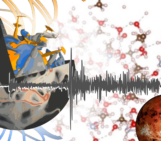
Every week, The Sassy Scientist answers a question on geodynamics, related topics, academic life, the universe or anything in between with a healthy dose of sarcasm. Do you have a question for The Sassy Scientist? Submit your question here.
David asks:
What do you think about analogue modelling?
Dear David,
Analogue modelling. Well, what’s not to like? Who doesn’t want to spend weeks or months finding the material that mimics behaviour we suspect to be relevant for Earth-like processes? And then, after finally finding the perfect material and sculpting a subduction zone, seeing it all sink to the bottom of the tank because the ‘lithosphere’ wasn’t placed perfectly on top of the ‘asthenosphere’?
Then again, the realm of analogue modelling isn’t all that grim… Even though you cannot blindly run many models to investigate the full parameter space, this is also a benefit. Analogue modelling requires you to make smart choices about the processes you seek to model. Then, the results are fairly close to the first-order response we consider appropriate for Earth. With numerical models we can simply add complexity on top of complexity on top of complexity, which makes it fairly difficult to constrain exactly what’s happening. Additionally, numerical models may produce exciting figures and results that seem to mimic what we interpret from our observations. In the end they simply numerically solve some equations. In analogue models on the other hand you actually see nature at work!
To conclude: analogue modelling is definitely worth the pain and effort (see João’s story). Unfortunately, research positions are limited, because it simply isn’t as sexy as numerical modelling. There are limited facilities worldwide, whereas for numerically modelling every university can provide you with a computer. So: get into it before the state of funding for analogue modelling becomes as comforting as the Dry Valleys of Antarctica!
Yours truly,
The Sassy Scientist
PS: This post was written after sitting through a disappointing analogue modelling session at EGU




